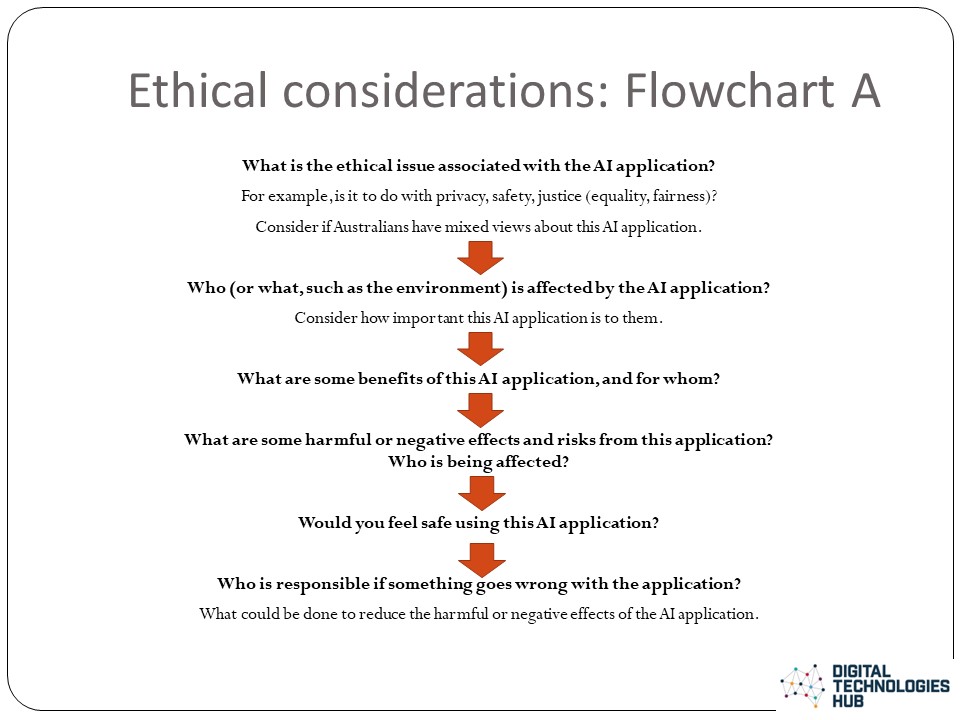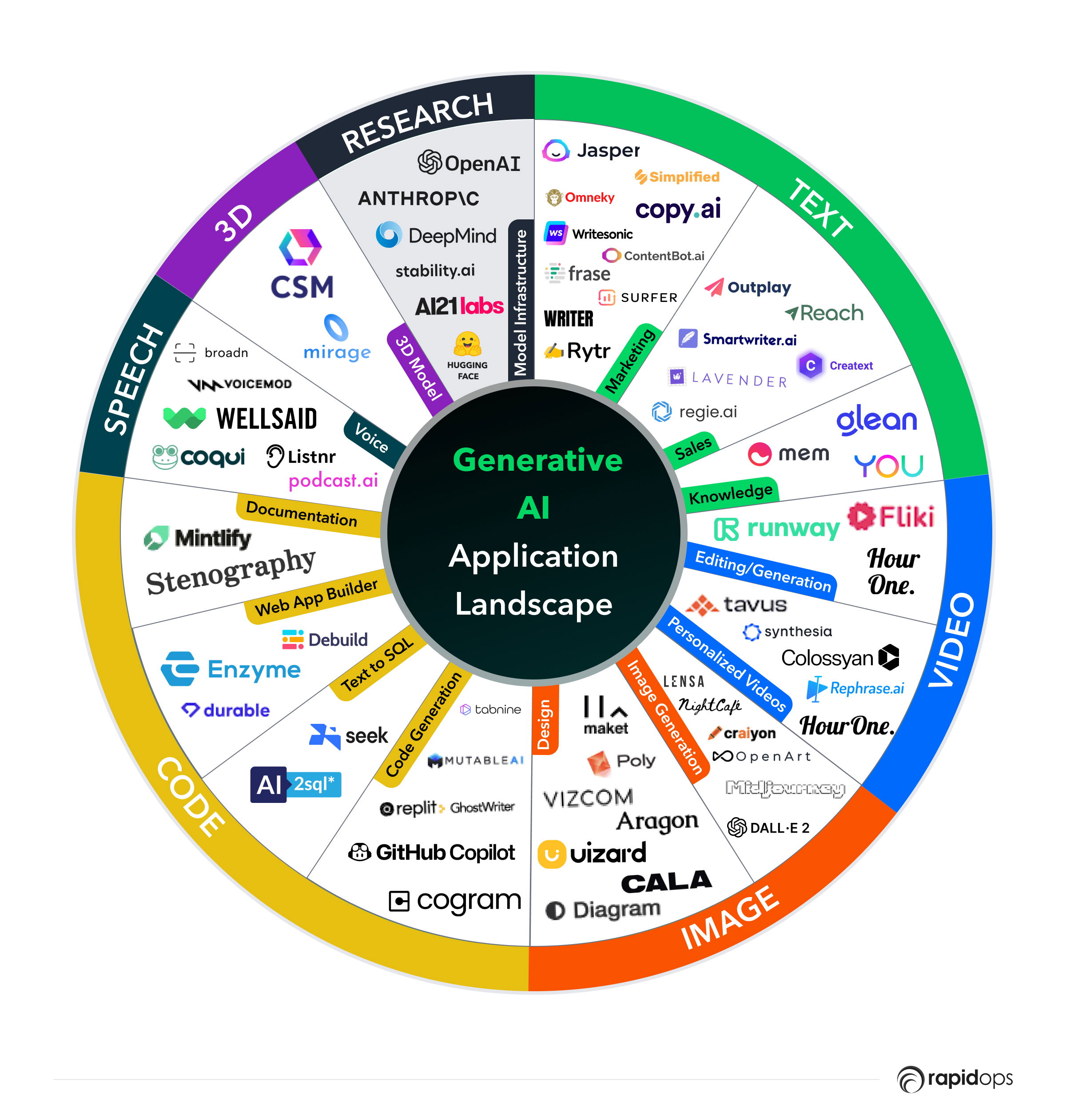In today's fast-paced media environment, improving editorial efficiency has become critical for organizations aiming to meet the demands of a diverse audience. Collaborative AI tools have emerged as central components in this transformation, aiding content managers, marketing teams, and brand strategists in streamlining workflows and enhancing content quality. By leveraging AI capabilities, organizations can not only boost productivity but also maintain a consistent brand voice and ensure coherent storytelling in their communications.
These AI technologies support editorial teams in various ways, from automating routine tasks to conducting deep data analyses. Collaborative AI platforms like ProseVision exemplify how technology can work alongside human effort, helping content professionals tackle the increasing volume and variety of content required in today’s media landscape. With AI's ability to analyze substantial datasets and uncover insights, editorial teams can focus more on creative tasks that require human intuition and critical thinking.
Significant strides have already been made with AI integration across leading media organizations. For example, The New York Times instituted "Echo," an AI initiative to support journalists in information retrieval and data analysis. Similarly, the Associated Press and BBC have incorporated AI applications ranging from automating financial reports to aggregating content. These implementations underline the adaptability of AI in various editorial workflows while demonstrating its capacity to yield measurable enhancements in efficiency.
Furthermore, the advantages of AI collaboration extend beyond mere time savings. With the right systems in place, organizations can ensure that the content produced aligns with their established editorial standards while resonating with their target audiences. As the media landscape continues to evolve, collaborative AI tools are poised to play an indispensable role in shaping the future of editorial efficiency.
This case study will examine how media firms have effectively integrated AI into their editorial workflows. By analyzing practical applications of AI technologies, it will highlight ProseVision's unique collaborative features and showcase the synergy formed between human creativity and AI capabilities. From accelerating editorial processes to fostering better communication among team members, this exploration illuminates the transformative potential of collaborative AI in modern journalism.
AI in Action: Real-World Success Stories in Editorial Collaboration
Several media organizations have effectively implemented AI technologies and observed substantial enhancements in their editorial workflows. Noteworthy examples include Forbes, BBC, and The Washington Post, each successfully harnessing AI to streamline their operations.
For instance, Forbes employs an AI writing assistant named "Bertie," which suggests headlines and identifies trending topics based on data analysis. This integration has resulted in a reported 12% increase in article output, demonstrating how AI optimizes the writing process. This collaborative model not only empowers journalists but also allows editorial teams to concentrate on crafting high-quality narratives that engage their audiences.
The BBC has achieved significant gains with its AI tool, "Juicer." This application automates content aggregation and tagging, processing inputs from multiple sources to organize material efficiently. Consequently, journalists can focus more time on investigative reporting instead of spending hours curating content. Such advancements illustrate AI's role in facilitating both the speed and depth of news coverage.
The Washington Post utilized its "Heliograf" AI system during high-profile events, such as the 2016 Rio Olympics. Heliograf generated numerous articles concerning local races and election outcomes, expanding coverage dramatically without necessitating a larger staff. This technology has enabled real-time reporting on impactful events, rendering it invaluable for organizations striving to keep pace with rapidly evolving news cycles.
Research conducted across various media organizations indicates the transformative outcomes stemming from collaborative AI integration. The productivity gains demonstrated in these case studies reveal AI's successful role in redefining editorial practices, thereby enhancing journalistic output.
AI tools dashboard showcasing editorial capabilities (Source: PR Newswire)
Ensuring Consistent Brand Voice while Leveraging AI
A critical challenge for content managers when integrating AI tools is maintaining a consistent brand voice across all generated content. AI-generated outputs can sometimes present tonal discrepancies, compromising the cohesiveness of brand messaging. To address this risk, organizations must implement specific strategies to train their AI systems effectively.
ProseVision's collaborative platform offers tools that allow editorial teams to input predefined brand guidelines directly into the AI system. As a result, editors can train the AI to understand the nuances of the organization's voice, thereby promoting consistency in tone and style across various outputs. This proactive approach is vital to ensuring that all communication reliably reflects the brand's identity.
Organizations like the Associated Press have adopted structured verification processes for AI-generated content that further emphasize quality control. Their three-step verification process includes human review and fact-checking, ensuring that all AI outputs align with their high editorial standards. This method not only improves the quality of AI-generated content but also reinforces alignment with the organization's messaging.
Successfully managing brand voice is essential not only for fostering audience trust but also for signaling organizational identity in a saturated market. When AI tools are properly configured, they can support content managers in seamlessly preserving brand integrity while enhancing efficiency.

Comparison of human-written versus AI-generated content (Source: The Hoth)
Streamlining Team Collaboration: The Human-AI Synergy
Collaboration among editorial teams presents another area where AI can be significantly advantageous. Collaborative AI tools, such as ProseVision, help enhance communication and interaction among team members, enabling more effective teamwork.
By utilizing AI technology, organizations facilitate seamless collaboration through platforms that support real-time editing, commenting, and change tracking. This efficiency is particularly beneficial in editorial environments, where multiple stakeholders typically engage in content creation processes, ensuring that everyone can contribute effectively.
Moreover, AI systems assist in streamlining brainstorming sessions by suggesting content ideas informed by analytics and market trends. Media organizations such as Gannett have realized the benefits of integrating AI tools that foster collaboration between editorial and technical teams, ultimately enhancing both workflow and output quality.
The incorporation of AI technologies into collaborative efforts promotes an atmosphere where creativity can flourish while maintaining high productivity levels. With the appropriate tools in place, media organizations can cultivate a collaborative environment conducive to innovative content creation and impactful storytelling.

Flowchart depicting collaboration among team members (Source: Venngage)
Navigating Challenges: Overcoming Barriers to AI Integration in Editorial Processes
Despite the promising advantages, implementing AI in editorial workflows is not without its challenges. Media organizations frequently encounter hurdles surrounding data integration, algorithmic biases, and aligning AI technologies with existing workflows.
For example, one major media organization highlighted difficulties managing diverse data sources essential for informing their AI algorithms. Siloed datasets contributed to inconsistencies in AI output, thus hampering overall effectiveness. To combat this issue, organizations must prioritize robust data governance, ensuring all teams align and contribute to an integrated dataset that enhances AI model accuracy.
Another pressing concern pertains to the ethical implications of employing AI in content creation. Various media companies grapple with ensuring unbiased outcomes from AI-generated content, particularly when it comes to audience targeting and recommendations. Addressing these challenges underscores the need for ongoing monitoring and adaptation as AI tools evolve.
Implementing successful strategies to overcome these barriers can involve creating cross-functional teams dedicated to navigating technological landscapes and offering comprehensive training on AI capabilities. By systematically addressing challenges, organizations can improve their AI strategies and assure successful integration within their editorial frameworks.

Bar chart representing AI integration performance metrics (Source: Medium)
Empowering Editors: Evolving Roles in an AI-Driven Environment
The emergence of AI technologies has significantly altered the roles of editors within media organizations. As AI tools increasingly facilitate various editorial tasks, the responsibilities and skill requirements for professionals in this field have evolved.
Research indicates that 52% of news organizations now have dedicated roles focused on AI oversight and training. This shift in job responsibilities necessitates that journalists and editors possess a foundational understanding of AI capabilities and data analytics. With the automation of routine tasks, editorial roles are transitioning from basic content creation to higher-level strategy development and data analysis.
For instance, the Associated Press has reassigned editors who previously focused on routine earnings reports to concentrate on more complex financial analyses, thanks to increased efficiencies achieved through AI. This transition exemplifies how AI improves workflows while enriching the editorial experience, directing professionals toward more engaging storytelling efforts.
Additionally, there is a growing emphasis on AI literacy, with media organizations investing in training for staff to successfully adapt to new technologies. By ensuring all team members are knowledgeable about AI tools, organizations can maximize the benefits of implementation.

Visual depiction of evolving job roles in editorial teams (Source: Digital Technologies Hub)
Ethical Considerations: Safeguarding Integrity in AI Content Creation
As AI's influence in journalism grows, ethical considerations must remain at the forefront. Leading organizations have established guidelines and policies to ensure that AI technologies are deployed responsibly and transparently within media environments.
For instance, The New York Times has created an AI Ethics Committee dedicated to reviewing AI technology implementations to ensure alignment with the organization's ethical standards. This proactive approach to ethical implications underscores the importance of maintaining accountability and transparency in AI usage.
Moreover, corporations like the Associated Press have adopted rigorous verification protocols for AI-generated outputs. Their three-step verification process enhances accuracy and upholds a commitment to factual reporting, which is crucial for building and maintaining audience trust.
Addressing algorithmic biases is also a central concern, prompting organizations to adopt various strategies, including regular audits and employee training on ethical AI usage. Ensuring transparency and accountability in the application of AI systems within journalism is vital for preserving journalistic integrity.

Flowchart illustrating ethical considerations in AI content creation (Source: Foundation Inc.)
Looking Ahead: Optimizing Editorial Processes with ProseVision's Unique Features
As the landscape of editorial processes continues to evolve, collaborative AI technologies will remain at the forefront of this transformation. Media organizations are positioned to embrace advancements in AI that enhance productivity and foster creativity.
ProseVision offers exceptional collaborative features that facilitate teamwork while allowing for customization based on brand voice and content guidelines. As these technologies progress, they promise to streamline workflows while improving overall content quality.
Future trends highlight the increasing need for AI literacy among editorial staff, ensuring that professionals can maximize the benefits offered by AI tools. Organizations investing in ongoing training and adaptation strategies will likely maintain a competitive edge in the continually changing media landscape.
With AI poised to reshape the methodologies of journalism, content managers, marketing teams, and brand strategists can anticipate the valuable role collaborative AI tools will play in achieving editorial success. By thoughtfully addressing the challenges and opportunities presented by AI, organizations can navigate their path toward enhanced editorial efficiency, creativity, and integrity.

Visionary graphic depicting future editorial processes supported by AI (Source: RapidOps)

Comments (0)
Sign in to participate in the discussion or .